Today, December 18, 2022, marks the first night of Hanukkah. Hanukkah, or the Jewish Festival of Lights as it is sometimes called, begins on the 25th of the Hebrew month Kislev and lasts for eight days.

The origins of Hanukkah can be traced back more than 2100 years ago when Judah Maccabee and his followers liberated Jerusalem from Palestine’s ruler, Syrian King Antiochus IV Epiphanes. Devoted to the political and cultural ideas of ancient Greece, Antiochus had enacted several anti-Jewish decrees and defiled the Second Temple by using it to worship the pagan god Zeus. Eventually they rebelled and, after a three-year struggle, were able to defeat the Greek Army.
After their victory, they set about cleansing and repairing the temple. When it came time to kindle the holy light, to symbolize the strength of God, only one small jar of oil could be found – enough to burn the light for one day. Miraculously, the light burned for eight days and nights, long enough to prepare a fresh supply of consecrated oil. The next year the leaders of Israel declared that every year on the 25th of Kislev all Jewish people should celebrate the miracle of Chanukah (dedication). Today, the menorah’s flame has come to symbolize tolerance, diversity, strength, and perseverance.
The lighting of the menorah is a joyous Hanukkah tradition guided by symbolic rituals. The Hanukkah menorah is a nine-branched candelabrum, which holds eight candles that will be lit each night of the holiday. The ninth branch holds the shamash (helper) candle, which is used to light the others. Hanukkah candles are all the same height, but the shamash candle is typically elevated.

Candles are placed in the menorah, one per day during the holiday, moving right to left. They are lit in the opposite direction after the first star of the night appears. Two blessings are said during the lighting, with a third recited on the first evening. Menorahs were originally placed outside homes to the left of the doorpost. Today they are displayed in windows or built outdoors, including two 32-foot menorahs that mark the holiday in New York City.
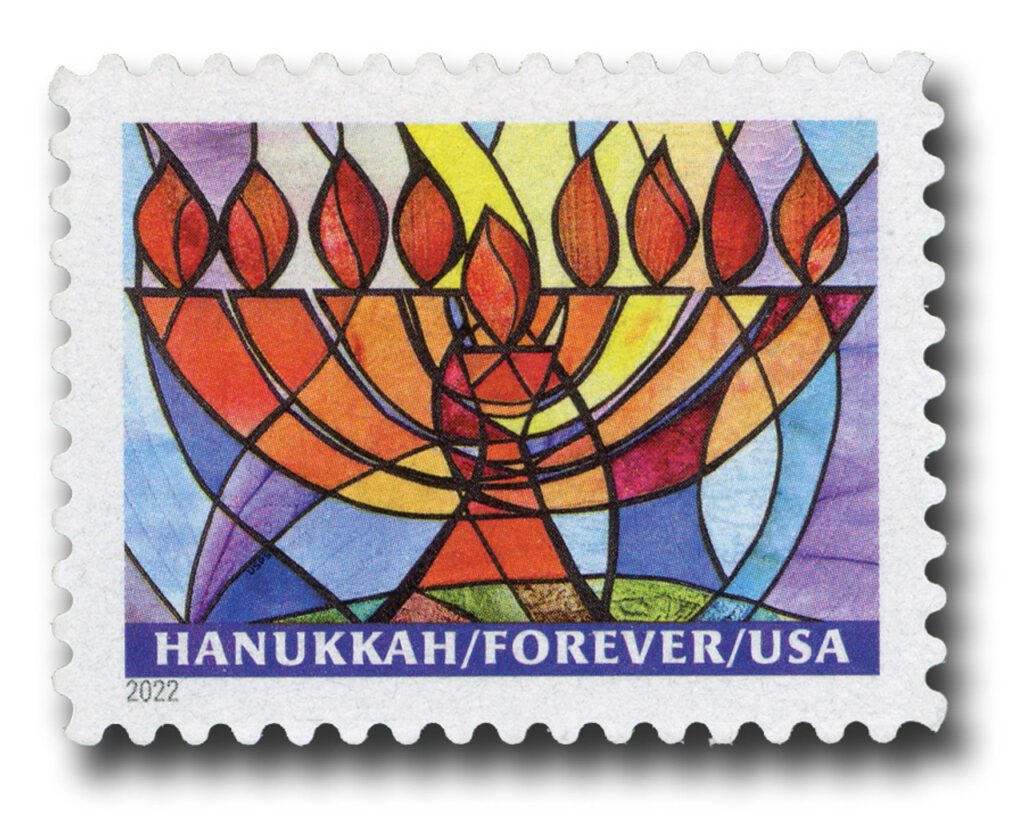
Other traditions include singing and eating fried foods in memory of the miracle of the oil. Children often receive gifts or money and chocolate coins (gelt) that may be used to bet on the game of dreidel. The dreidel is a favorite children’s game during Hanukkah. Each side of the top has a Hebrew letter, and together they spell Nes Gadol Hayah Sham. This means “a great miracle happened there,” referring to the light in the temple. The individual letters have different meanings for the children’s game, telling them to add a chocolate gelt (coin) to the pot, take half the pot, take it all, or do nothing. The player who gets all the gelt wins the game, but each child learns the meaning of Hanukkah.
Another important Hanukkah tradition is the cooking of special food to be eaten throughout the eight-day celebration. Latkes, or “potato pancakes,” are an essential piece of any Hanukkah feast. They have been around since at least the Middle Ages, though at that time they were most likely made of cheese that had been fried. However, when potatoes arrived in Europe in the 19th century, they became the primary ingredient. Latkes are a delicious Hanukkah treat beloved by all ages. The oil they are cooked in represents the sacred oil in the historic Hanukkah narrative. This makes them one of the most important traditions of the holiday.
Click here for more US and Worldwide Hanukkah stamps.
| FREE printable This Day in History album pages Download a PDF of today’s article. Get a binder or other supplies to create your This Day in History album. |
Discover what else happened on This Day in History.

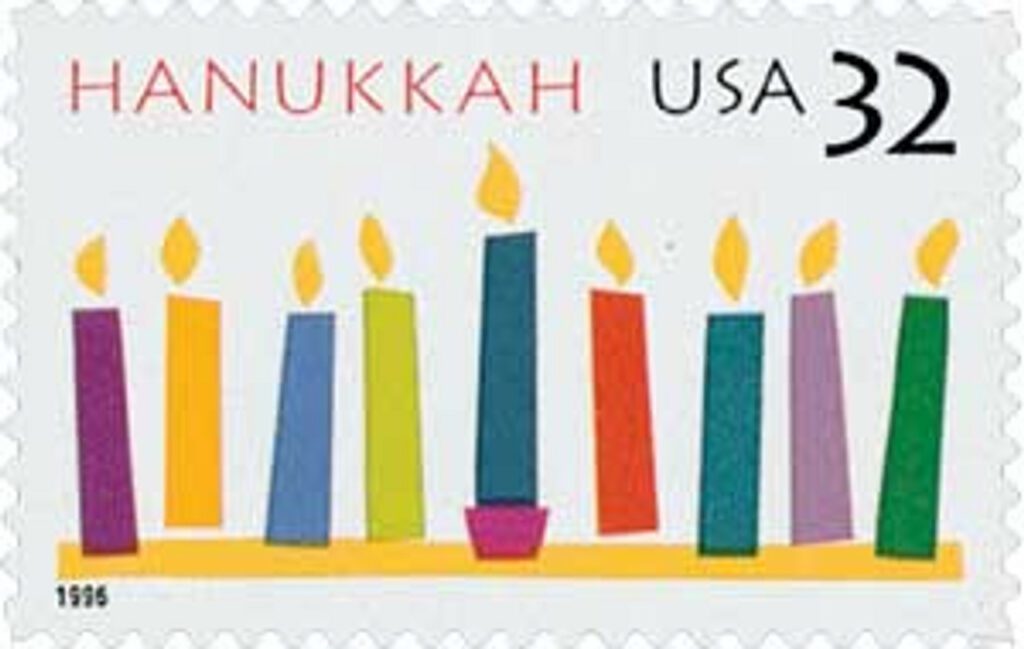

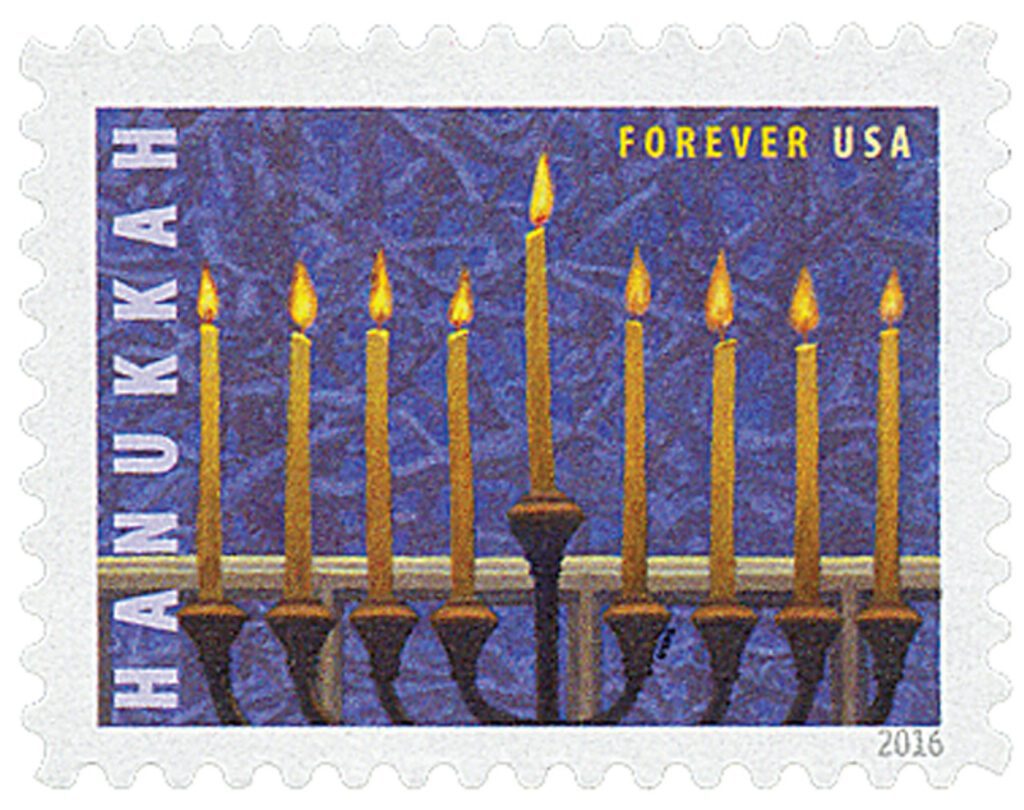
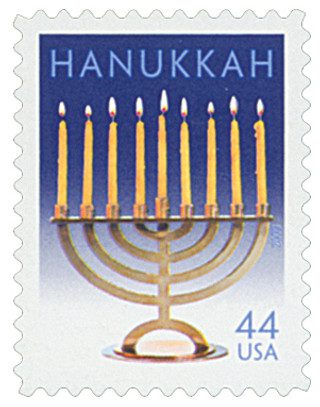
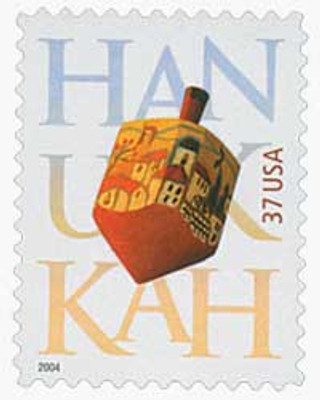
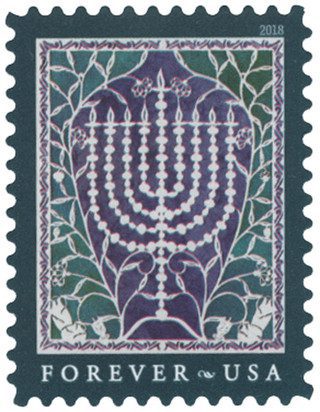
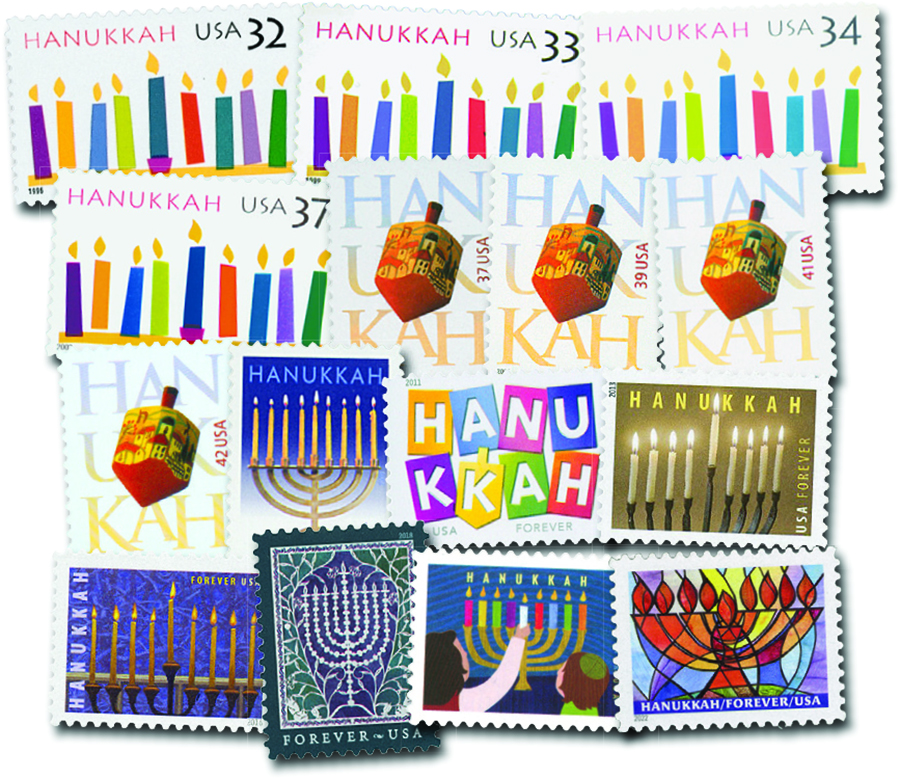
What a wonderful history of Hanukkah. Thank you Mystic!🕎
Great short summary of Chanukah!
While Antiochus was devoted to ancient Greece and was anti-Jewish, to describe his use of the Second Temple to worship “the pagan God Zeus” lacks historical perspective. Sequential “conquerors” of Middle Eastern and Mediterranean cultures often/usually used previous religious shrines to their own purposes- “pagan” and “religious”. Zeus was definitely no pagan. Visit Sicily. Layer upon layer of worship at sites of the previous. #ricksteves.com
Thank you Ross Appleyard for this information.